fact

Images of Work
Six days before the Passover festival in Bethany, the sisters Martha and Mary gave a dinner in honour of Jesus who (the gospels tell us) had raised their brother from the dead. Martha worked in the kitchen while Mary sat herself down at the feet of their guest, to listen to his words. Overwhelmed by the many tasks to be done, Martha asked her sister to come and help her. “Martha, Martha,” said Jesus. “You fret and fuss about many things, but only one thing is necessary. The part Mary has chosen is the best, and it will not be taken from her.”

Identity Crises
Several years ago Ian McKay, a Queen’s University history professor, published a book called The Quest of the Folk: Antimodernism and Cultural Selection in Twentieth-Century Nova Scotia (McGill-Queen’s University Press) in which he argued that the image many of us have of Nova Scotia as a tartan-wearing, bagpipe-squealing mini-Scotland is pretty much a fabrication.

Re-hanging the National Wallpaper
When I lived in Ottawa in the 1970s, I used to enjoy passing lazy afternoons at the National Gallery looking at the pictures. I remember how surprised I was when I first encountered the Group of Seven collection. These paintings were completely familiar—I’d seen them in schoolbooks and on calendars, posters, t-shirts, everywhere—yet at the same time they were completely unexpected.

The Name of the Game: How Sports Talk Got That Way
It's been reported that my nephew in Ottawa needs to be encouraged to read, but he doesn't need to be encouraged to do sports. With this in mind I ventured into an unfamiliar genre. Sports books seem to come in two flavours—how-to books (which most t

The Medicine Line: Life and Death on a North American Borderland
The myth of the West in Canada and the U.S.A. issues largely from a country almost unknown to most North Americans: the wide plains that spill over the forty-ninth parallel between Montana and Saskatchewan. Beth LaDow, who lives in Massachusetts and






































.svg)






















.jpg)
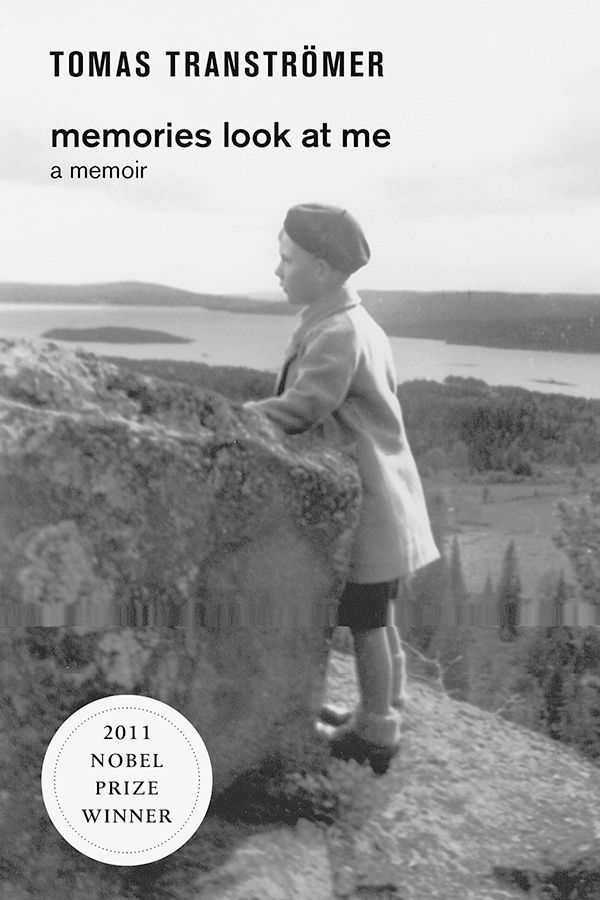
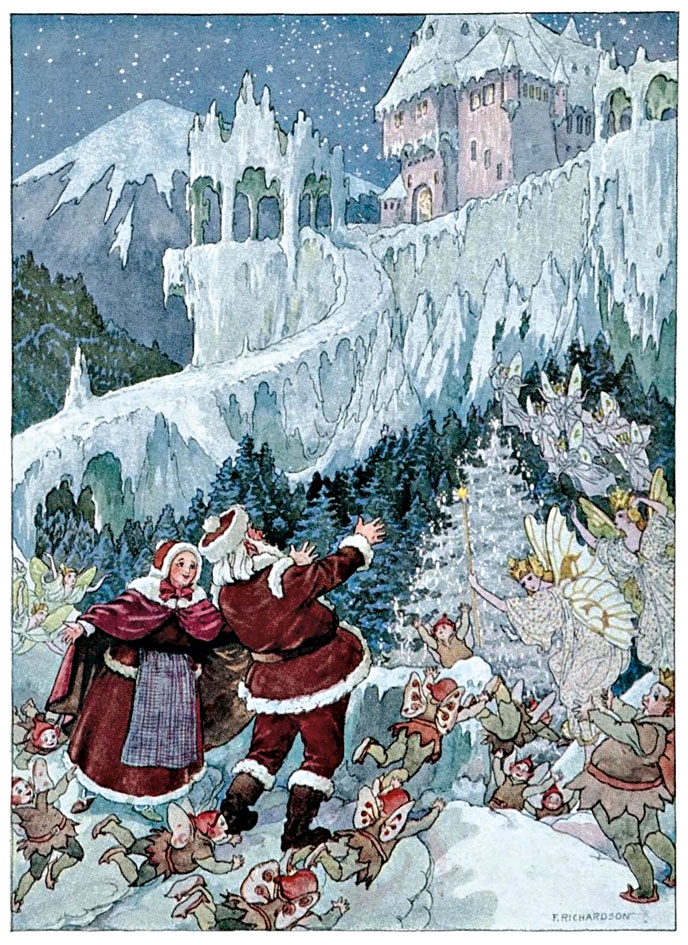
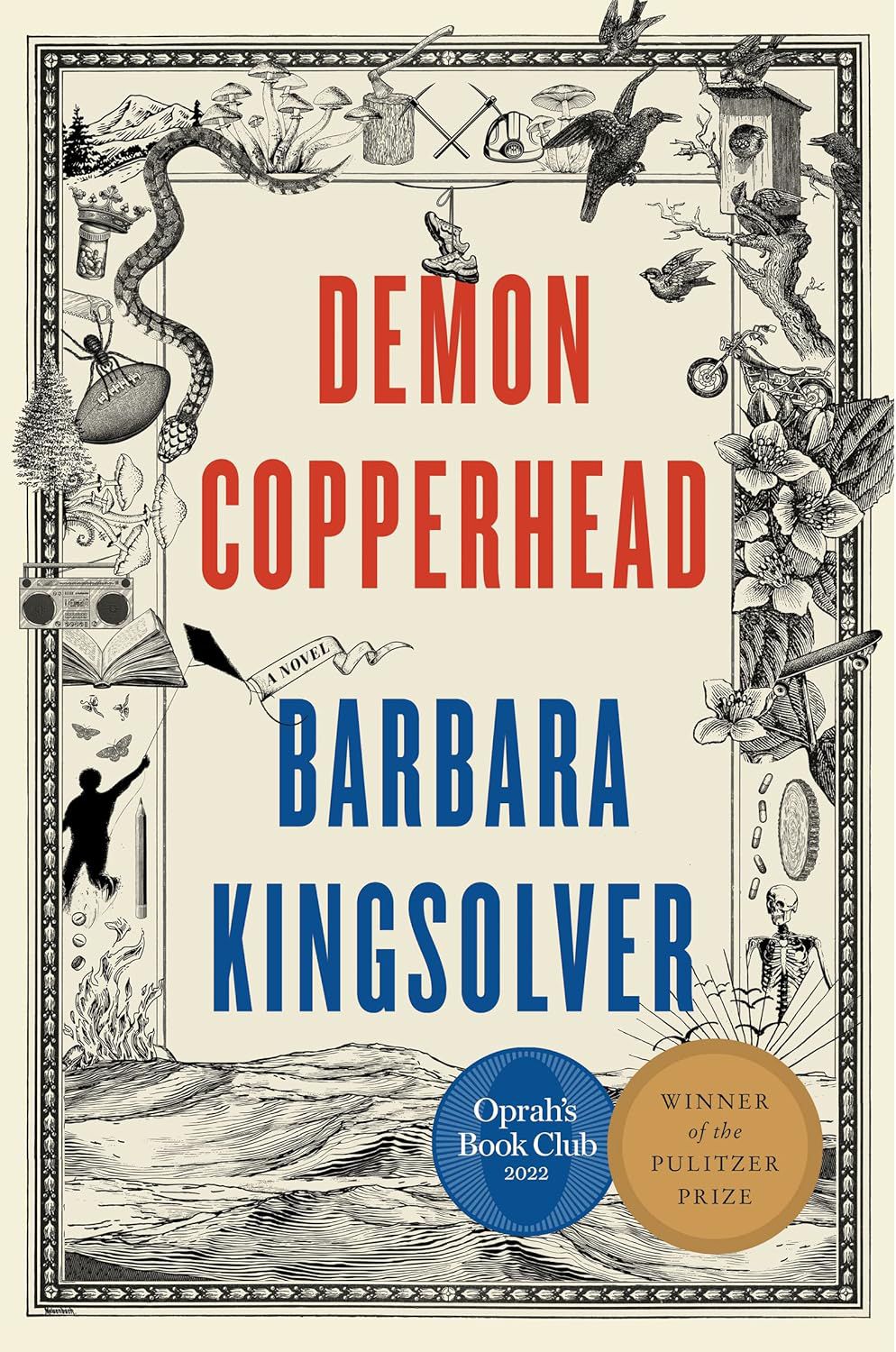



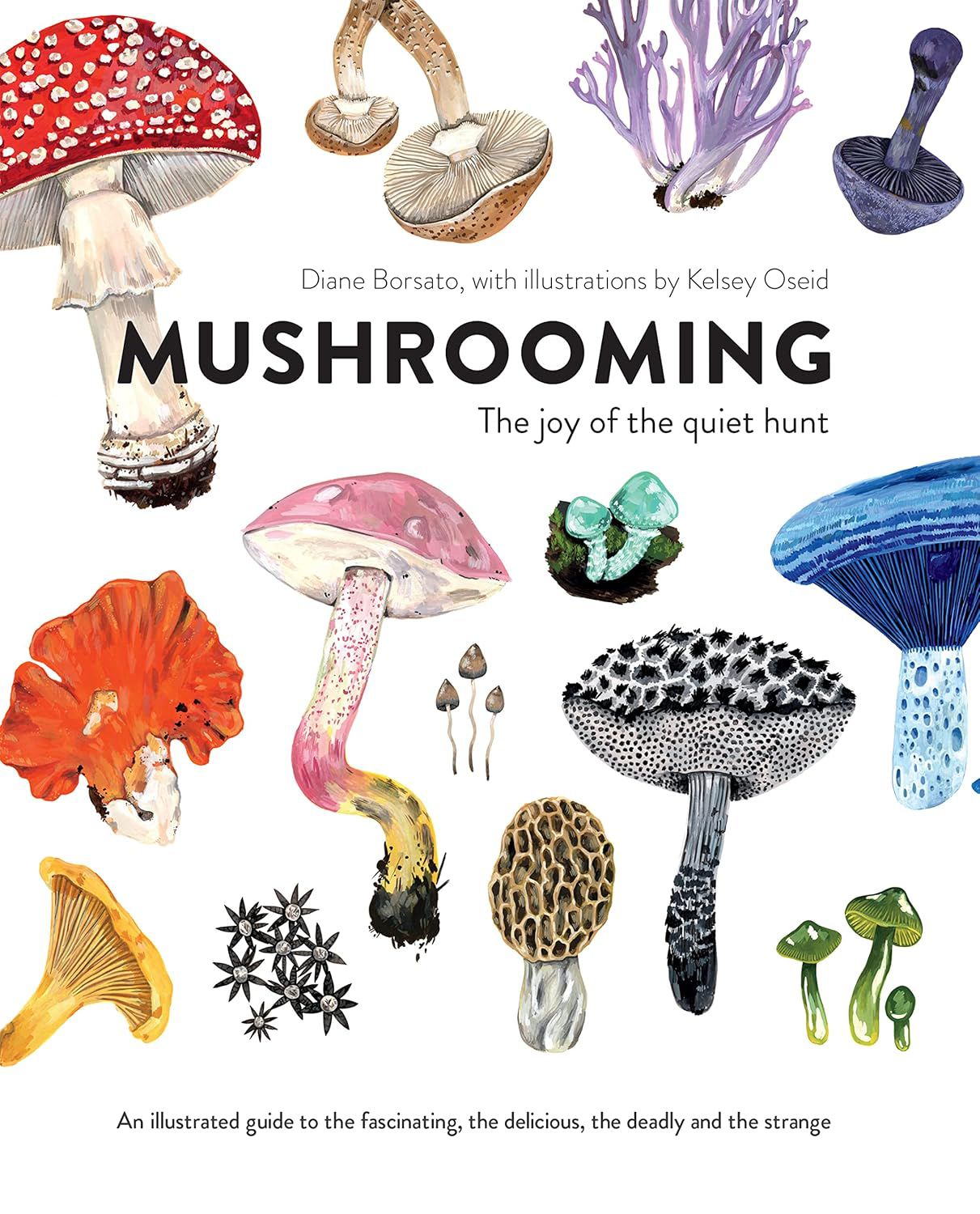

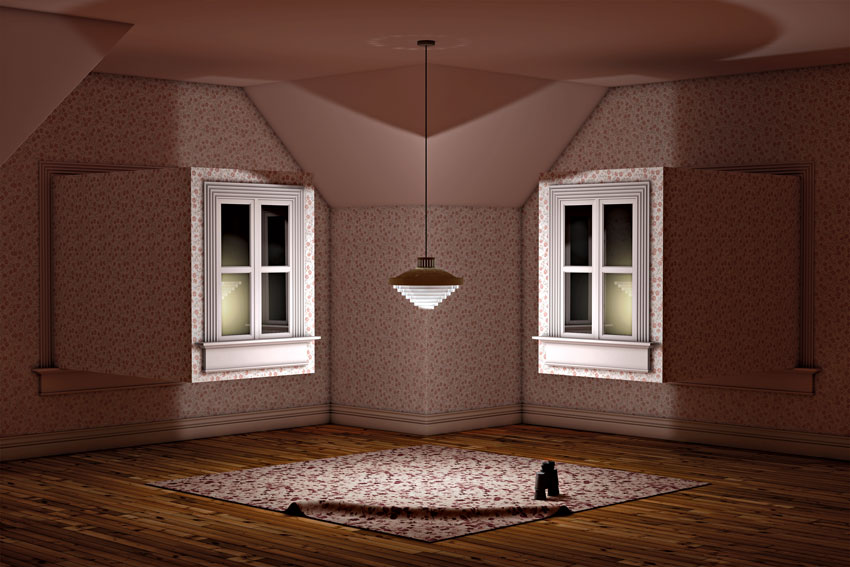
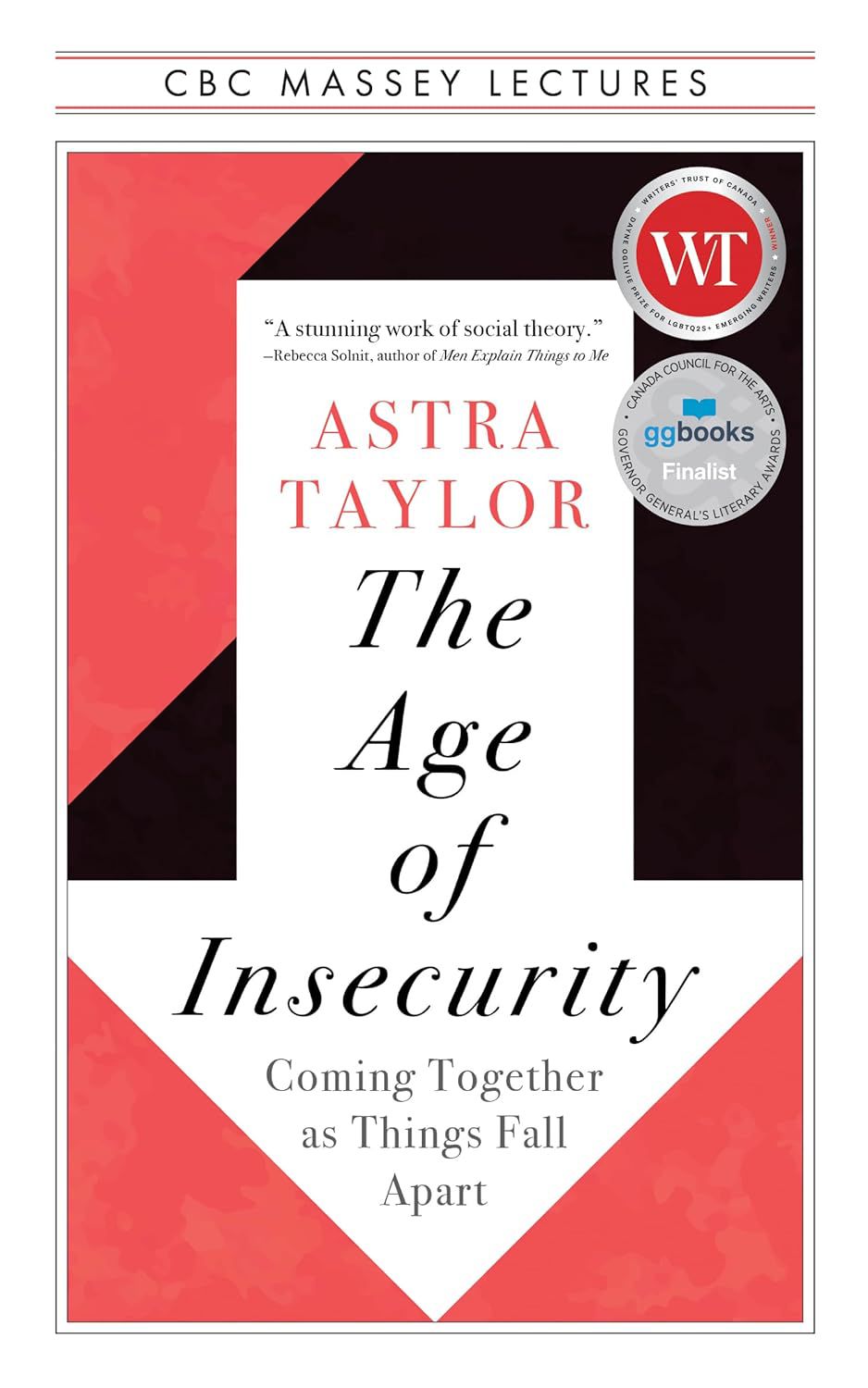
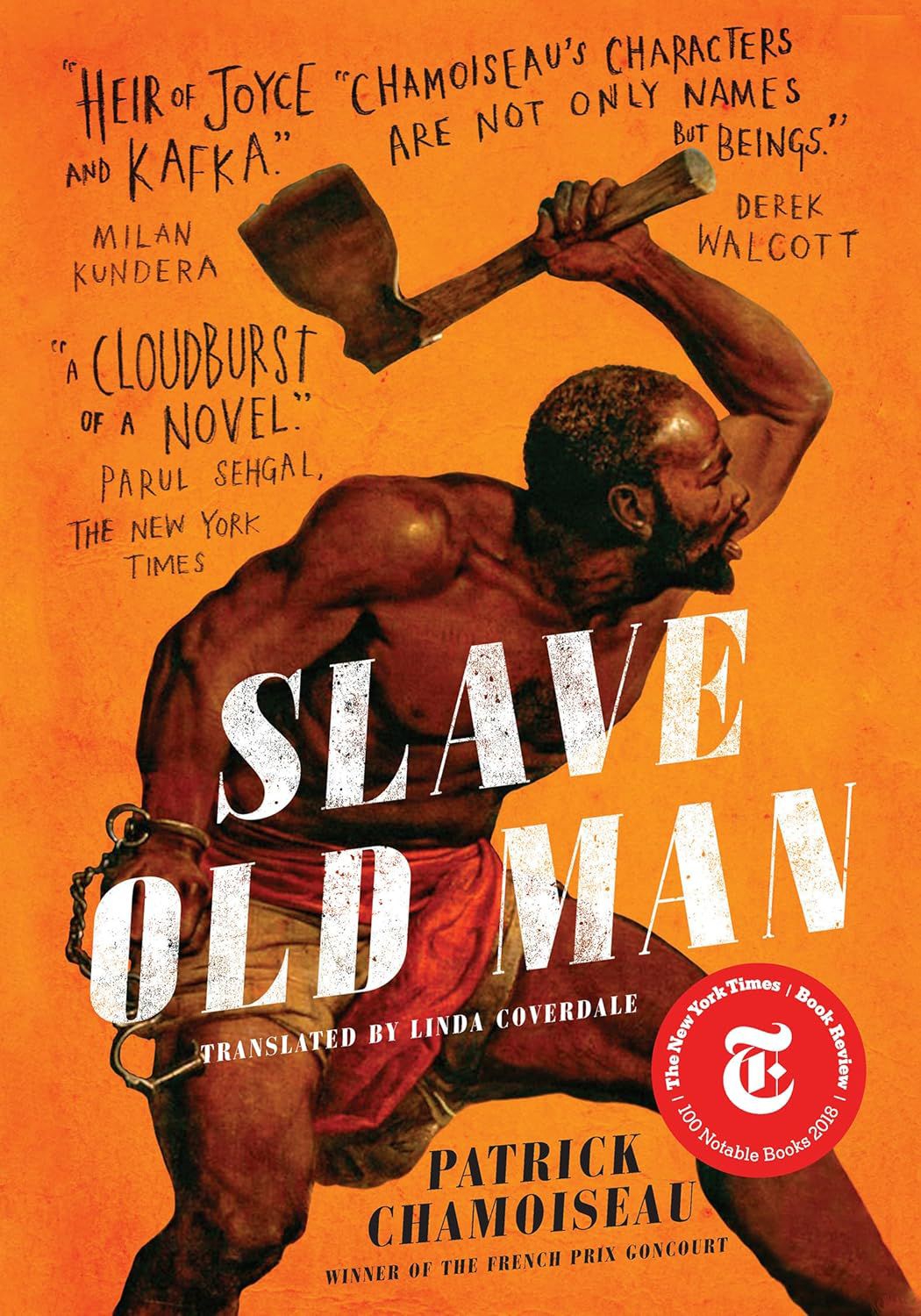
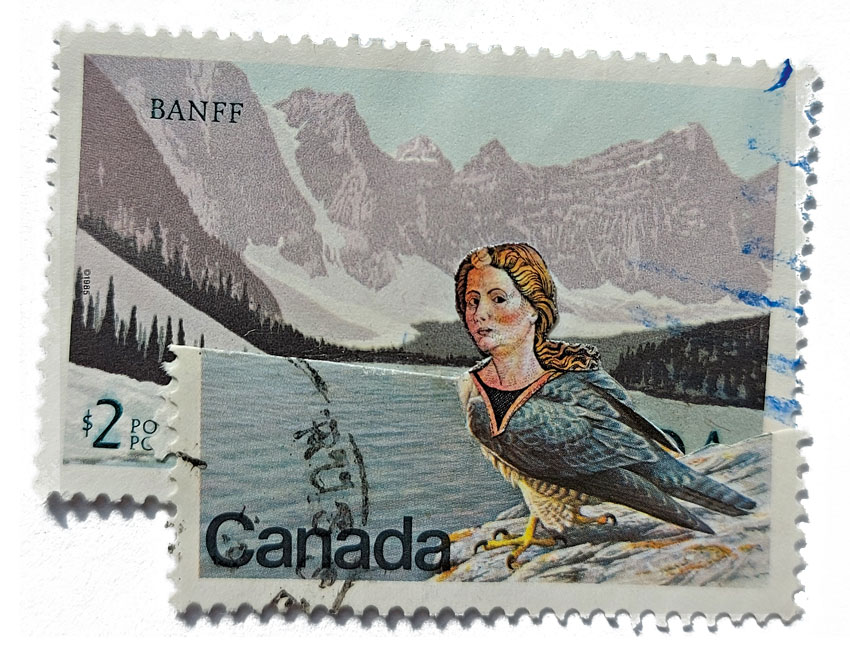
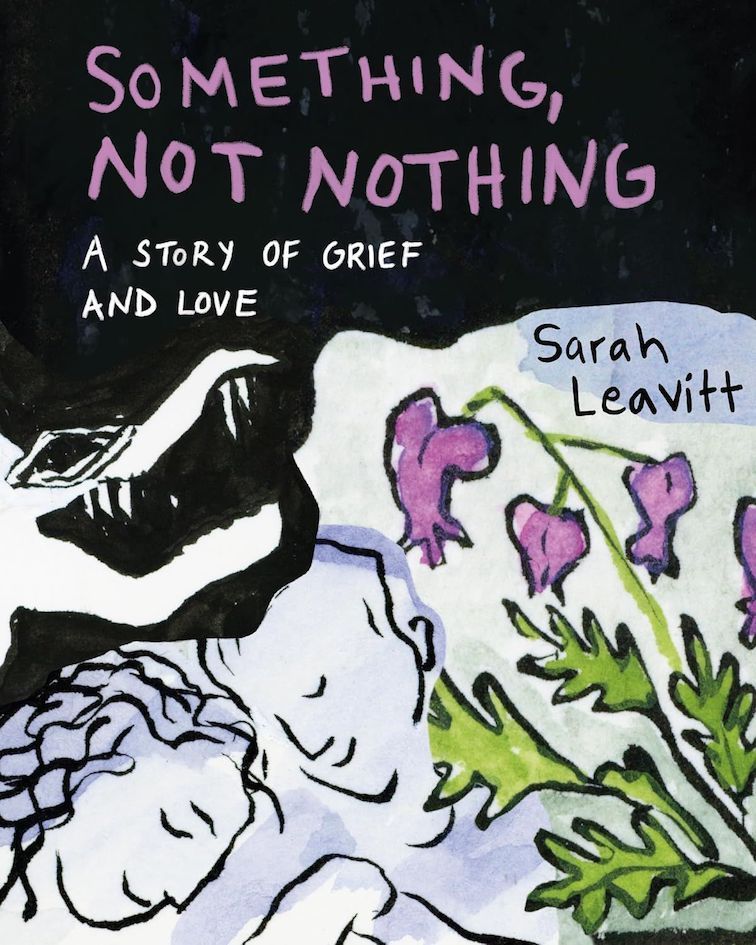
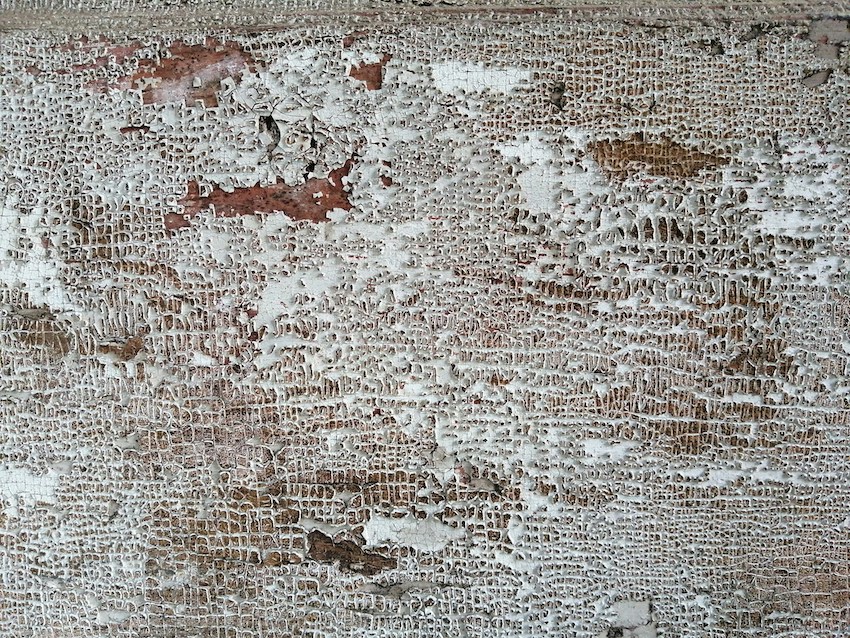








.jpg)